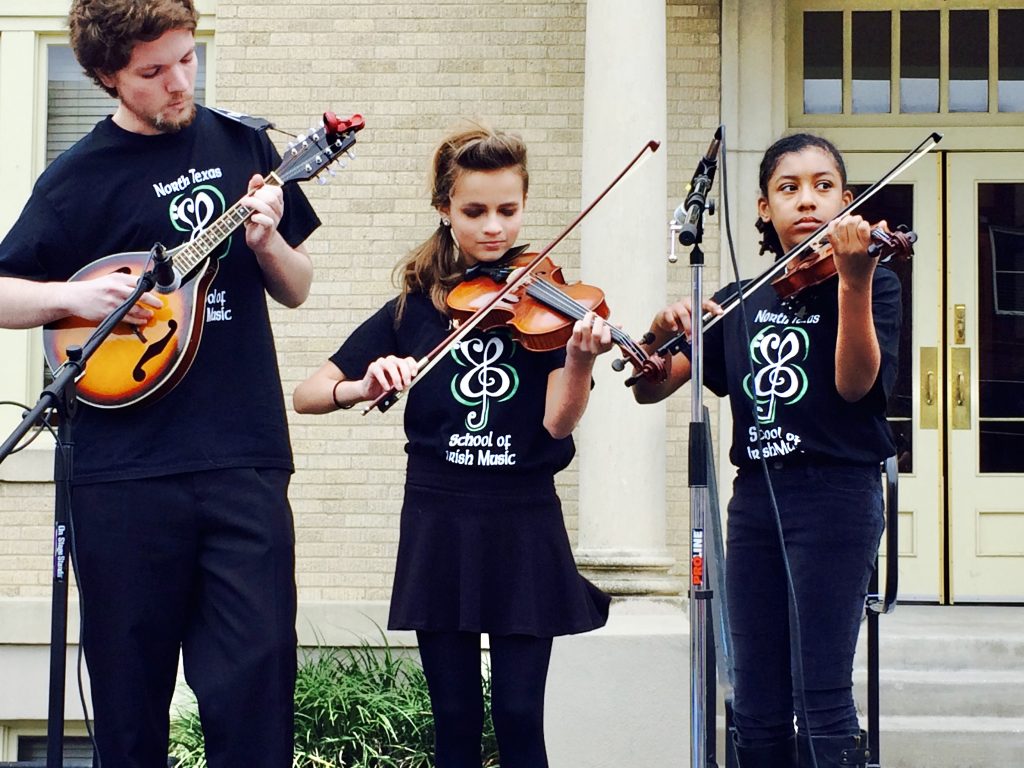Outschool: What is it and should I use it in my homeschool?

What is Outschool?
Outschool is an education platform that connects teachers of any subject with students around the world for a variety of engaging small-group classes online. It gives kids the opportunity to explore their interests via interactive, live video by experienced, independent educators.
How Many Courses Does Outschool Offers?
Outschool offers variety of classes and over 100,000 Interactive Online Classes for every age group from 3 to 18 years. You can use it as full academic classes or supplements. You can also have your kids choose their favorites and dive into their interests. Below is the vast list of subjects your kids might be show interest in. The content appeals to all different types of learners and there are countless subjects. To name a few: life skills (like Future Chef’s Baking Club), social studies (like indigenous studies taught by members of First Nations), organization (like Conquering the Clutter), the arts (like Dance with Me and crochet), Study Skills to get ready for high school and college, and a First Grade Sight Word Bootcamp taught with fun and games.
What Type of Courses Does Outschool Offers?
- Arts – Drawing, photography, dance, Theatre, Film, Sewing
- Coding & Tech – Coding, Video Game Design, Robotics, Engineering, Internet Safety, Animation
- English – Creative Writing, Grammar, Spelling, Book Club, Essay Writing, Poetry, Literature
- Health & Wellness – Hygiene, Emotions, Exercise, Mindfulness, Nutrition
- Life Skills – Cooking, Financial Skills, Study Skills, Social Skills, Critical Thinking
- Math – Elementary math, Algebra, Numbers, Geometry, Fractions, Calculus, Statistics, Probability
- Music – Guitar, Piano, Singing, Composers, Music Theory, Composing, Recording
- Science & Nature – Chemistry, Biology, Zoology, Physics, Astronomy, Anatomy, Marine Biology, Psychology
- Social Studies – Geography, World History, American History, Anthropology, Economics, Politics
- World Languages – Spanish, American Sign Language, French, Japanese, Latin, German, Chinese, Greek, Italian, Mandarin
- Leaner Favorites – Dungeons And Dragons, Fortnite, Lego, Pokemon, Minecraft, Cats, Dogs, Unicorn, Adventure
How Are Teachers at Outschool?
I personally know several friends that teach classes on Outschool. Many are homeschoolers, and many are classes that my own children have taken and loved. In general, you can find varied teachers with different personalities and backgrounds. You can choose a teacher that fits best with your teaching preference and style. Some of the teachers are retired teachers and others are passionate parents who are passionate about a subject and are really good at teaching.
I’ve been really happy with every teacher we have used. They have kept my kids engaged and wanting to learn more about what is being taught. Most teachers offer a demo class for $20 or even less ranging between $10-15. You can use multiple trial and error demo classes to choose the best teacher that suits your requirements. When looking for a class, I would really recommend reading all the reviews about the teacher. Parents are pretty honest, and kids are pretty vocal when they’re not happy with a class.
Most of the teachers love teaching and are exceptionally good with kids.
Outschool offers small size classes and recommended class size to teachers as below:
- For kids ages 6 and below – class size should be up to six learners in one class.
- And for kids ages between 6-12 – maximum of 9 kids at a time is a pretty good class size.
- Finally, Kids ages 12 and above – up to 12 learners are recommended.
- The flexible schedule classes are capable of teaching 18 students at a time.
How Much is Outschool Classes?
Students can sign up for classes at a variety of costs. Most one-time courses go for around $10.00 to $15.00 per student, depending on the length and content. Students can also sign up for ongoing and semester courses, which are priced comparably to one-time courses. One-on-one classes and tutoring go for between $15.00 and $130.00 per session. Teachers’ charges vary as per subject, age range, content, and time.
What are the potential drawbacks of Outschool?
Here are some reasons that Outschool might not be a good fit for your family:
- Teachers: Some of the teachers are individual contractors which can make the classes hit or miss. There’s no guarantee that the teacher is going to be a good fit for your child.
- Special Needs: If your child has special needs, it is up to the teacher to decide if they will accommodate your child in their class. This is very inconvenient since some kids have different learning abilities at different levels. However, you can always reach out to the teacher before registering to address this issue to see if it’s a good fit.
- Payment: Payment is required upfront. If you encounter a problem and want a refund, you need to make a strong case to get one approved.
- Technical Problems: Technology isn’t perfect and if you I have tech issues, you may miss a live class. Fortunately, many live classes are available after, so your child can catch up if they miss. The best way to avoid this is to test out your equipment before class begins to make sure everything is working properly. They’ve made this system pretty streamlined.
Is Outschool Right For You?
Outschool is a good resource and opportunity for learning something you may not want to teach and outsource or learn more about a special interest topic. It’s also a great way to learn something new from somebody other than mom.
Personally, we have had a great experience and loved all the classes at Outschool. My kids have enjoyed both the group classes as well as one-on-one classes. They both prefer live classes but have also enjoyed pre-recorded classes because they can do them at their own pace.
Outschool has been a great time-saver tool and has allowed me time to work one on one with my children while my other child is in a class. There are also several classes my kids have done together.
I recommend that you try a class before you choose an 8-week program. Read all the reviews and sign up for a one-time class and see if the teacher seems engaging and is a fit for your family.















